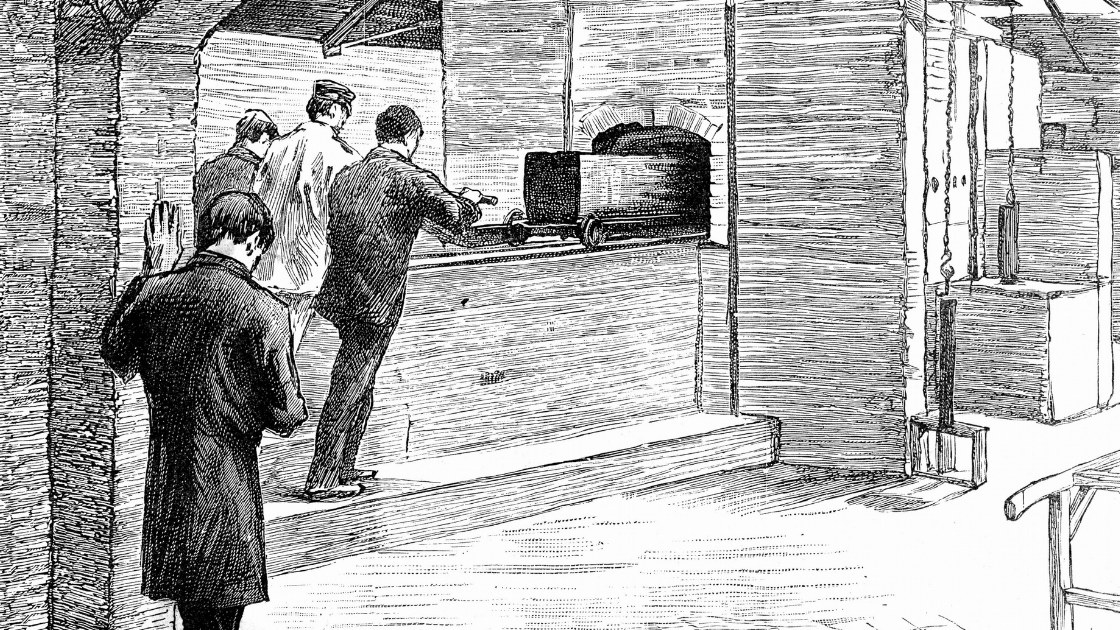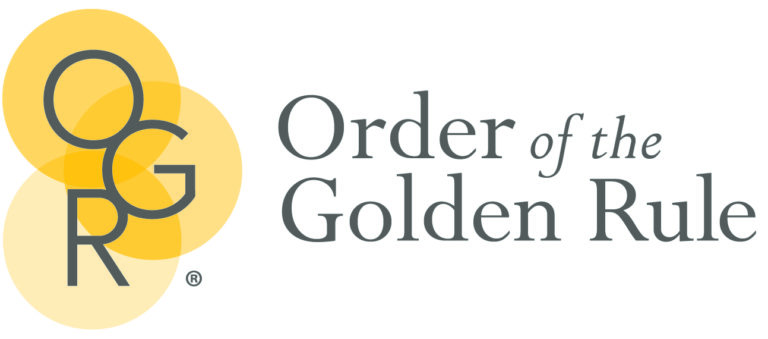What the 4 Eras of Cremation Reveal About the Needs of Modern Families
We all know that cremation numbers in the US have consistently been on the rise over the last century, and they are only continuing to grow steadily and predictably today. This increase in popularity has coincided with major milestones in the evolution of the cremation process and experience in American culture. The major phases that cremation has gone through in America are directly tied to meeting the evolving desires of funeral planners and grieving families throughout history. Understanding these past connections, as well as looking at the era of cremation we are currently in, can help us anticipate the needs of our cremation families today and in the future. Looking closely at the current era of cremation reveals that today’s families are looking for more personalization in death planning.
Cremation of the Past
Jason Engler, licensed funeral director, cremation expert and historian, and Director of Customer experience at UPD Urns, recently sat down with the Deathcare Decoded podcast to explain the history of cremation, and what we can learn from that history in order to understand what our cremation families want.
According to Jason, cremation in America has been through three previous phases, purification, memorialization, and simplification:
Purification (1850’s- 1920’s)
In the late 1800s, there was a growing concern about an increasing amount of buried bodies possibly polluting water sources and contaminating soil. As modern embalming was just being made available in America in the mid-1800s (thanks to the Civil War and President Lincoln’s embalming) cremation became a popular way to “purify” bodies around the same time. Families needed a clean, accessible way to lay the remains of their loved ones to rest, without the perceived issue of water sources and land being polluted with overpacked bodies.
Memorialization (1920s-1960s)
In later years, because of the skyrocketing popularity of embalming, cremation businesses and cemeteries that had invested in cremation needed a way to promote cremation services, so they began promoting the idea of memorializing the deceased. The beautiful columbaria, internment areas, and urn gardens that we see in early 20th century cemeteries were invented and popularized during this time. This is also when the truly formative way that we recognize cremation, a bag of ash-like remains instead of bone pieces returned to the family, came about.
Simplification (1960s- 2020)
In 1963 Jessica Mitford’s book The American Way of Death was published, and she changed the way that we think about death culture in the US. Around this same time cremation filled a need for simplifying death and dying processes and rituals. Jason also points out that if one looks at design, popular culture, etc. from the 1960s there is a new emphasis on minimalism and simplicity that goes along with a widespread desire to make the grieving and death planning process more streamlined and simplified.
Personalization in Death Planning: the Cremation Experience Today (2020-Present)
In today’s world, we are in an era of personalization. Consumers want customized products, couples plan unique and non-traditional weddings, and individuals want options that speak to their unique personality and lifestyle. This Forbes article explains that “We are no longer inclined to hide our identity or feel pressured to fit into the standardized version of mainstream. We are aware of and proud of our individuality[…] In the age of personalization, the individual defines the business. Our individual capacities should be elevated and activated, so we can influence the business. Progress toward individual impact and legacy should be what matters and is measured.” The deathcare space is no exception, and there is a growing desire for personalization in death planning.
Families today want opportunities to make grieving and death planning personalized and unique to their loved one. In recent years families have opted for more secular, event-based memorials led by celebrants, and are interested in uncommon options when it comes to urns and caskets, keepsakes, and ways to remember. This desire for a personal experience with death and mourning has brought about a plethora of new technologies, options, and services for the families that funeral professionals serve. Click below to download a free ebook of strategies for offering more personalization in death planning for your families:
Many deathcare thought-leaders have been perceptive in realizing many families’ desire for personalization today. On the Deathcare Decoded podcast, Joél Simone Anthony, sacred grief practitioner, licensed funeral director, and deathcare educator, shared why personalization is important for helping families grieve in their own ways:
Additionally, Sandra Walker, Vice President of Strategic Business at Fairmount Memorial Association, makes the excellent point that every family does not know all of the options that are available, especially in the case of cremation. Not every cremation family wants a direct cremation, and many still seek ways to make remembering their loved one special and meaningful in personal ways. Sandra explains in an interview with the Deathcare Decoded podcast:
What Can We Learn?
We are in an era of wanting a personal experience in how we process grief and death. This means that families want a way to personally relate to mourning. More and more people are wanting services, events, parties, keepsakes, alternative forms of remains, and other personal options that speak to their loved one’s unique life and personality.
Click below and download a free ebook to quickly learn about new ways of personalizing the death planning, grief, mourning, and remembrance experience for your modern families.




